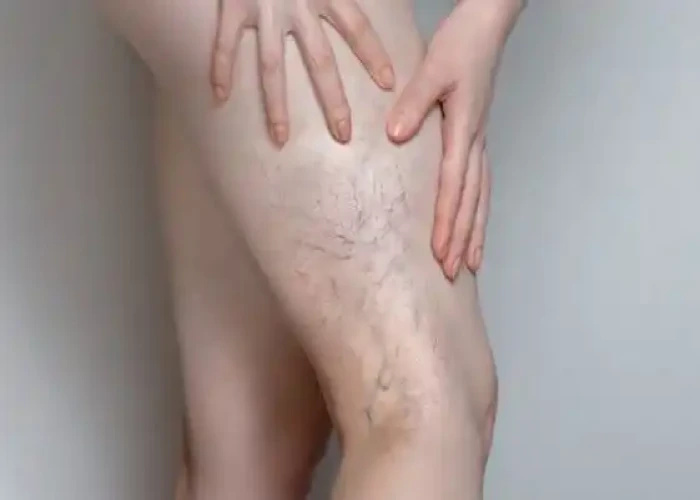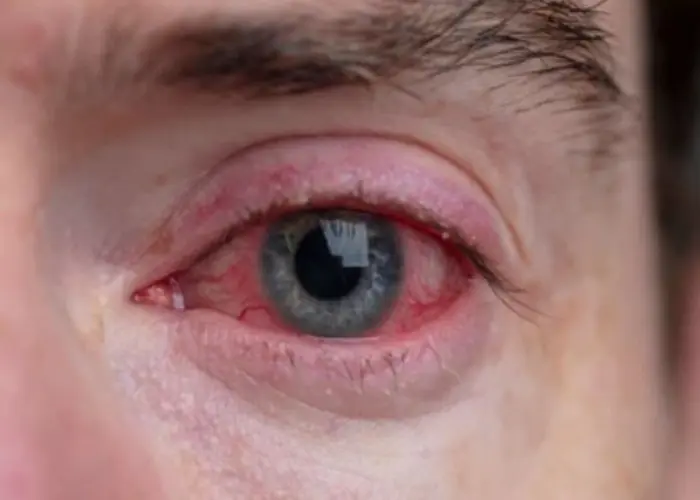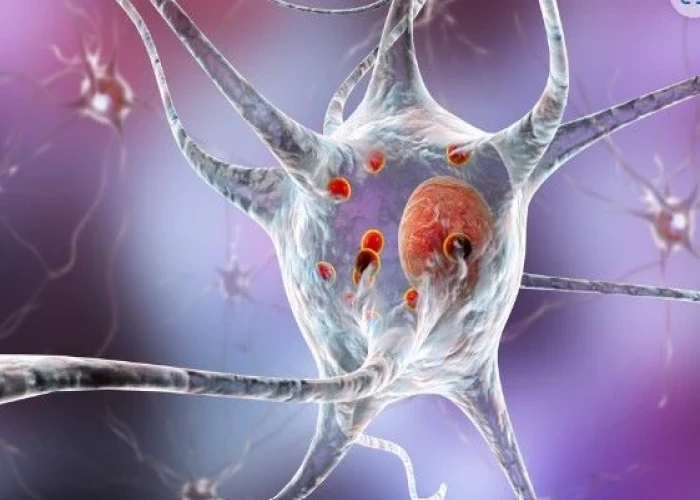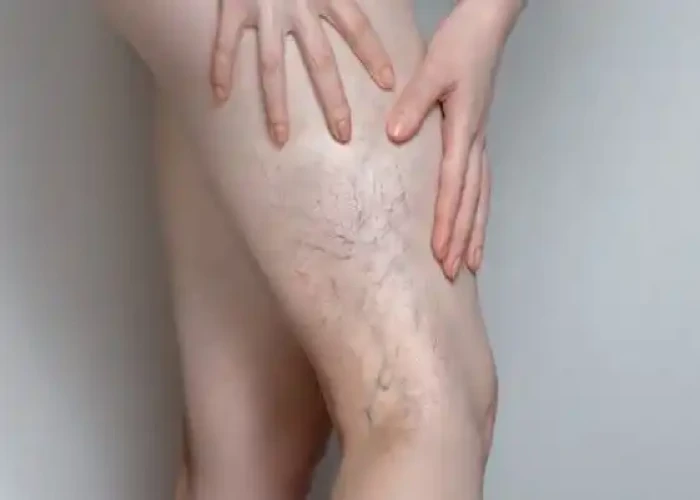 Welcome
Welcome
“May all be happy, may all be healed, may all be at peace and may no one ever suffer."
Thrombophlebitis

Thrombophlebitis is a medical condition characterized by inflammation of a vein, usually in the leg, accompanied by the formation of a blood clot. It can be caused by an injury, prolonged immobility, surgery, or cancer.
The condition can be classified as either superficial thrombophlebitis or deep vein thrombosis (DVT). Superficial thrombophlebitis affects the veins located just below the surface of the skin, while DVT affects the deeper veins in the leg. DVT is a more serious condition as it can lead to the formation of blood clots that can break off and travel to other parts of the body, such as the lungs, causing a potentially life-threatening condition called pulmonary embolism.
Symptoms of thrombophlebitis may include pain, tenderness, warmth, and redness along the affected vein. In more severe cases, swelling and fever may also be present.
Diagnosis of thrombophlebitis may involve physical examination, ultrasound, or other imaging tests to detect the presence of a blood clot.
Treatment for thrombophlebitis may involve compression stockings, pain relief medication, and the use of blood thinners to prevent the formation of new blood clots. In more severe cases, hospitalization and intravenous administration of blood thinners may be necessary. It is important to seek medical attention if any symptoms of thrombophlebitis are experienced, as early diagnosis and treatment can prevent serious complications.
Research Papers
Disease Signs and Symptoms
- Muscle pain
- Chest pain
- Blood clots
Disease Causes
Thrombophlebitis
The cause of thrombophlebitis is a blood clot, which can form in your blood as a result of:
- An injury to a vein
- An inherited blood-clotting disorder
- Being immobile for long periods, such as during an injury or a hospital stay
Disease Prevents
Thrombophlebitis
Sitting during a long flight or car ride can cause your ankles and calves to swell and increases your risk of thrombophlebitis. To help prevent a blood clot:
- Take a walk. If you're flying or riding a train or bus, walk up and down the aisle once an hour or so. If you're driving, stop every hour or so and move around.
- Move your legs regularly. Flex your ankles, or carefully press your feet against the floor or footrest in front of you at least 10 times each hour.
- Drink plenty of water or other nonalcoholic fluids to avoid dehydration.
Disease Treatments
For superficial thrombophlebitis, your doctor might recommend applying heat to the painful area, elevating the affected leg, using an over-the-counter nonsteroidal anti-inflammatory drug (NSAID) and possibly wearing compression stockings. The condition usually improves on its own.
Your doctor might also recommend these treatments for both types of thrombophlebitis:
- Blood-thinning medications. If you have deep vein thrombosis, injection of a blood-thinning (anticoagulant) medication, such as low molecular weight heparin, fondaparinux (Arixtra) or apixaban (Eliquis), can help prevent clots from growing bigger. After the first treatment, you'll likely be told to take warfarin (Jantoven) or rivaroxaban (Xarelto) for several months to keep preventing clot growth. Blood thinners can cause excessive bleeding. Always follow your doctor's instructions carefully.
- Clot-dissolving medications. Treatment with a clot-dissolving drug is called thrombolysis. The medication alteplase (Activase) is used to dissolve blood clots in people with extensive DVT, including those who have a blood clot in the lungs (pulmonary embolism).
- Compression stockings. Prescription-strength compression stockings help prevent swelling and reduce the chances of complications of DVT.
- Vena cava filter. If you can't take blood thinners, a filter may be inserted into the main vein in your abdomen (vena cava) to prevent clots that break loose in leg veins from lodging in your lungs. Usually, the filter is removed when it's no longer needed.
- Varicose vein stripping. A surgeon can remove varicose veins that cause pain or recurrent thrombophlebitis. The procedure involves removing a long vein through small incisions. Removing the vein won't affect blood flow in your leg because veins deeper in the leg take care of the increased volumes of blood.
Disease Diagnoses
Disease Allopathic Generics
Disease Ayurvedic Generics
Disease Homeopathic Generics
Disease yoga
Thrombophlebitis and Learn More about Diseases

Seasonal affective disorder (SAD)

Depersonalization-derealization disorder

Head and neck cancers

Yeast infection (vaginal)

Cerebral palsy

Blepharitis

Ascites

Lewy body dementia
thrombophlebitis, থ্রোম্বফ্লেবিটিস
To be happy, beautiful, healthy, wealthy, hale and long-lived stay with DM3S.
